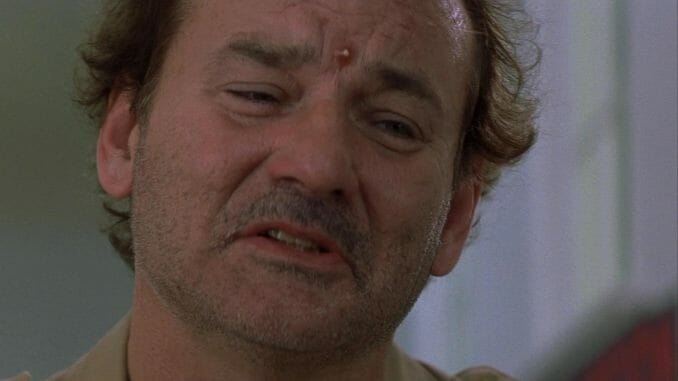What If We Kissed While Watching Osmosis Jones? Looking at the Animated Body Horror 20 Years Later

The 2001 animated film Osmosis Jones is a piece of body horror that rivals the work of David Cronenberg, as the audience watches the body of Frank (Bill Murray) slowly disintegrate from inside and out. It’s also a date movie.
To understand why it’s a date movie, I have to take you back to my freshman year of college, a hopeful yet dark time full of pink lemonade vodka and weekend mistakes. I had a crush on the boy from my 8 AM Astronomy class and when he invited me to his house party, I could barely contain my excitement. Yes, I tried to be cool but I can guarantee I was entirely too excited to play beer pong in a house full of boys and empty beer cans.
I showed up, looking cute, ready to flirt, but what did I see? The crush playing flip cup with another girl. Needless to say, I was devastated. As I dejectedly watched the game from the sidelines, the boy’s roommate sidled up next to me with a gift: A Four Loko, the drink of the devil. Of course I took it eagerly. We got to talking. I thought he was cute. The night was saved—or so I thought.
We went upstairs to “talk.” We sat on his bed. No, he did not try to kiss me. No, that would be too easy. Instead, this man—nay, this boy—turned on Netflix and asked, “Have you ever seen Osmosis Jones?”
I naively smiled, nodded and said I thought it was hilarious. He mistook my drunken flirting as approval to press play. I quickly realized I had made a mistake.
-

-

-

-

-

-

-

-

-

-

-

-

-

-

-

-

-

-

-

-

-

-

-

-

-

-

-

-

-

-

-

-

-

-

-

-

-

-

-

-








































